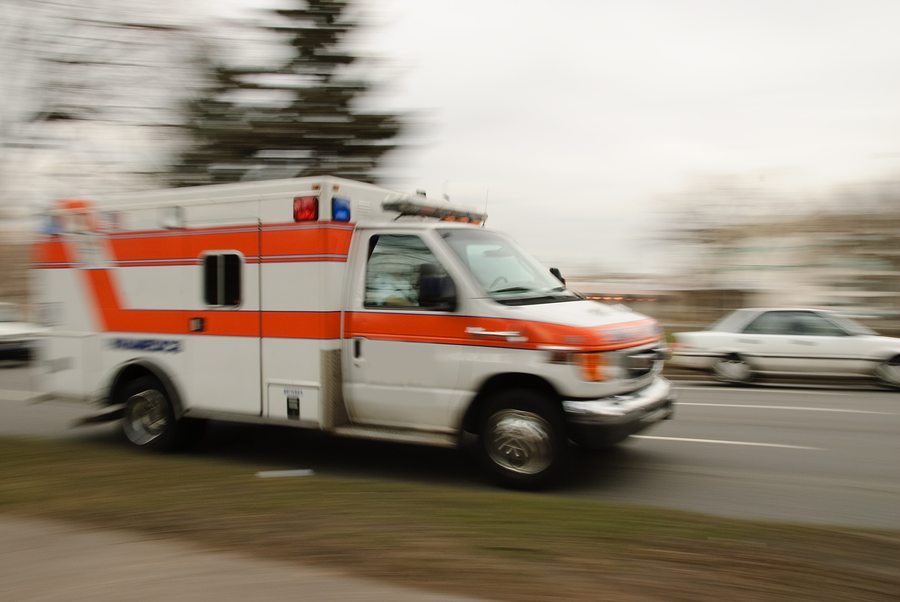New York Scar and Burn Injury Lawyers
Burn injuries and injuries that scar can arise through a broad array of circumstances. For instance, a car or truck accident can spur a vehicle fire that results in severe burns while shattering glass results in deep lacerations that are likely to scar. Alternatively, a defective tea kettle could crack or rupture sending hot or boiling water and shrapnel into the air potentially causing severe burns or deep cuts that will scar. Even a burn injury itself can result in a hypertrophic burn scar that can cause immense pain & suffering. In short, the context and circumstances for your injury can vary from medical malpractice to an intentional wrongdoing. What doesn’t change is your need for a skilled and dedicated advocate following your severe burn or scarring injury to increase the likelihood that you will be able to hold the responsible party financially liable.

What Are the Degrees of Burn Injuries?
While all burn injuries are extremely painful, burn injuries can vary in their level of severity. In general, there are three levels of severity for burns. A first-degree burn is the least severe burn type. Signs for a first-degree burn include skin that is red and painful to touch. Swelling is also typically present in the affected areas. A first-degree burn can typically be treated at home with a cool, wet compress and can be dressed in a loose-fitting, non-adhesive bandage or cloth. A mild pain killer and anti-inflammatory such as ibuprofen can be used to manage pain and reduce swelling. Most first-degree burns will heal without further intervention, however if the burn covers a large portion of the body or if the burned individual is extremely young or elderly, you should seek medical attention.
A second-degree burn is one that is more serious and more painful than a first-degree burn. Second-degree burns should not be treated at home; rather a qualified medical professional should perform an examination and recommend treatment. A second-degree burn occurs when there is damage to the first two layers of the skin. Signs of a second-degree burn include a deep redness to the skin, blisters, a glossy look to the skin due to leaking fluids, skin loss, and severe pain. Because a second-degree burn is more serious, steps to prevent the victim from falling into shock may be necessary. You may make the individual more comfortable by utilizing the methods described for a first-degree burn, but you should seek immediate medical attention for a second-degree burn.
A third-degree burn is the most serious type of burn that occurs when the damage penetrates through all layers of the skin and the tissue is destroyed. Thus, the damage caused by third-degree burns is permanent. A third-degree burn can be identified by the loss of layers of skin, a dry leathery appearance, or skin with charred patches. As the most severe type of burn, do not attempt to treat a third-degree burn; medical treatment is necessary. While rehabilitative treatment is available, the process can last for months or years and subject the patient to excruciating levels of pain.
What Type of Scarring Injuries Can Occur?
Scarring can occur following a severe injury or they can develop following an invasive medical procedure. Regardless of the reasons you develop a scar or scarring, your injury can have serious psychosocial and physical consequences. Types of scars and their associated problems include:
- Flat, pale scars – This type of scar is typically associated with less serious cuts and injuries. This type of scar is not usually painful, but can be itchy. They may take 2 years to fully resolve.
- Keloid scars – This type of scar appears as a raised and shiny scar that occurs when there are problems in the regulation of collagen production. Scars of this type can lead to complications such as restricted movement when they occur on or near a joint, a burning sensation, and they can be painful or tender to the touch. For many, the biggest issue with a keloid scar is that they are not aesthetically pleasing and are considered to be undesirable
- Atrophic scars — Atrophic scars result in a pitted or sunken appearance. Scars of this type are associated with conditions like acne. Scarring of this type can have severe psychosocial consequences for the affected individual.
- Hypertrophic scars – A hypertrophic scar is also the result of problems of regulating the amount of collagen produced at the site of an injury. Scars of this type can also restrict your ability to move freely, have an undesirable appearance, and can be hypersensitive.
- Scar contractures – Scar contractures are common among burn victims. These occur when the skin shrinks resulting in a tightness of the skin and restricted movement.
Scars can not only be painful, but they can also have a profoundly negative impact on one’s quality of life, self-image, and social interactions.
Put Our Personal Injury Experience to Work for You
If you have suffered a severe burn or scarring the personal injury lawyers of Sullivan & Galleshaw can fight for compensation for your damages and pain and suffering. To schedule your free and confidential personal injury consultation call 718-843-0300 or contact us online.